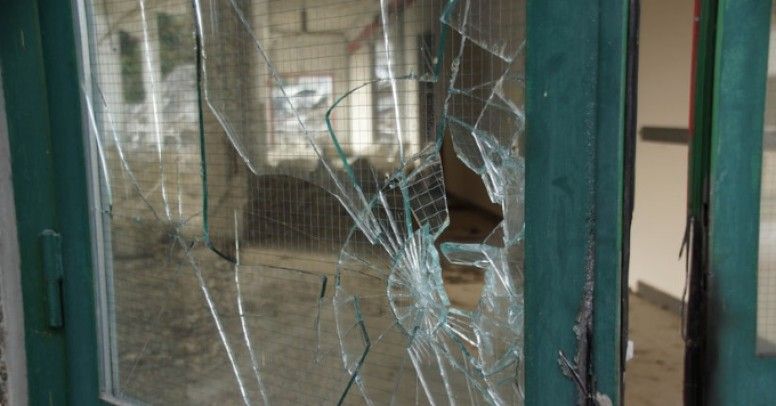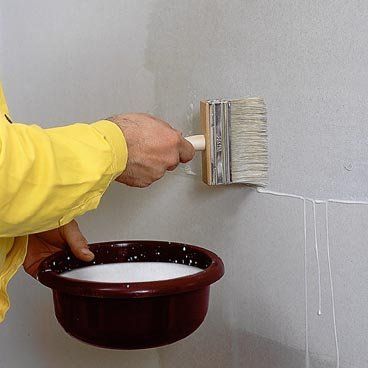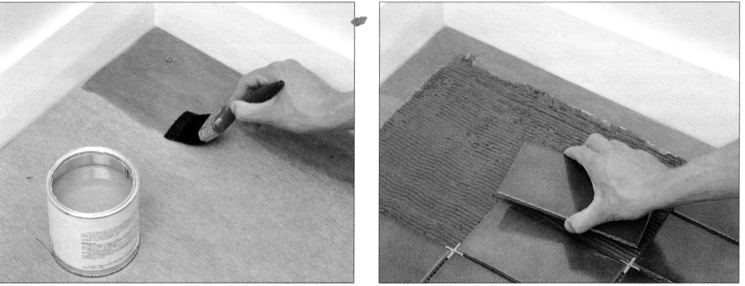 Jak tapetować ściany i trudne miejsca?
Jak tapetować ściany i trudne miejsca?
Tapetowanie wydaje się niezbyt trudne, jednak w praktyce łatwo popełnić błędy. Przestrzeganie podstawowych zasad podczas tapetowania pozwoli na prawidłowe opanowanie tej techniki.
Przygotowanie pokoju
Przed przystąpieniem do tapetowania z pokoju należy wynieść możliwie jak najwięcej mebli, a ze ścian zdjąć wszystkie wiszące przedmioty, takie jak obrazy, lustra, kinkiety, a także osłony przełączników elektrycznych.Podłogę zabezpieczamy arkuszami folii polietylenowej. Rozkładanie gazet nie jest dobrym rozwiązaniem, ponieważ podczas tapetowania nasiąkają wodą i klejem.
Jeśli farba nie odpada ze ścian, to nie musimy jej zeskrobywać. Ważne jest, aby ściany nie były tłuste i brudne. W niektórych miejscach dobrze jest przeszlifować ścianę drobnoziarnistym papierem ściernym i wytrzeć.
Przygotowanie ścian świeżo tynkowanych, gipsowanych lub takich, z których zostały zerwane tapety jest mniej pracochłonne. Wszystkie pęknięcia i szpary uzupełniamy gipsem lub szpachlówką, a po wyschnięciu szlifujemy nierówności.
Małe ubytki można uzupełnić celulozowym lub winylowym kitem szpachlowym. Celulozowe wypełniacze są tańsze i mogą być wykorzystywane do wielu prac wykończeniowych. Winylowe są twardsze i odporniejsze, dzięki czemu można je stosować w miejscach wilgotnych lub wokół rur z gorącą wodą.
Aby uzyskać dobry efekt, kit lub szpachlówkę trzeba nakładać cienkimi warstwami i czekać, aż kolejne powłoki dobrze wyschną.
Zagruntowanie ścian zapewni bardziej równomierne absorbowanie wody z nakładanego kleju, dzięki czemu uzyskamy gładszą powierzchnię. Jeśli stosujemy klej celulozowy do tapet, możemy go również wykorzystać do zagruntowania ścian.
W wypadku klejów, których głównym składnikiem jest dekstryna, do gruntowania można użyć środka kostnego. Jeszcze innego preparatu wymagają tapety winylowe. Ściany muszą dobrze przeschnąć, zanim będziemy mogli kłaść na nich tapety. W większości wypadków nie jest wskazane tapetowanie ścian już pokrytych tapetą. Zwykle kleje obu warstw reagują ze sobą, powodując późniejsze odklejanie się ta pety, przebarwienia i pęcherze.
Usuwając tapetę winylową ze ścian często udaje się zerwać tylko warstwę” winylową, a papierowy podkład pozostaje nadal na ścianie. W takim wypadku, nową tapetę możemy do podkładu.






